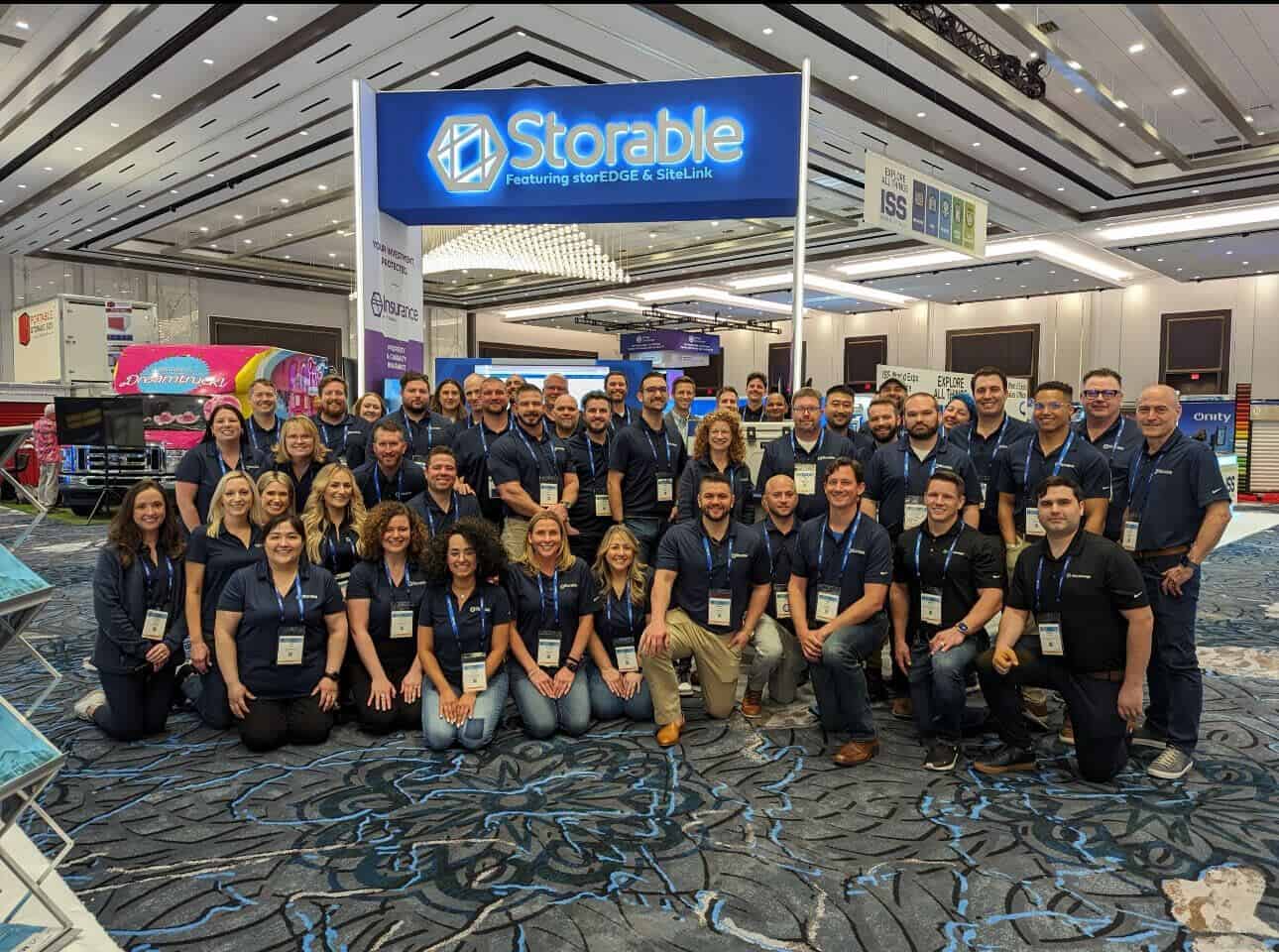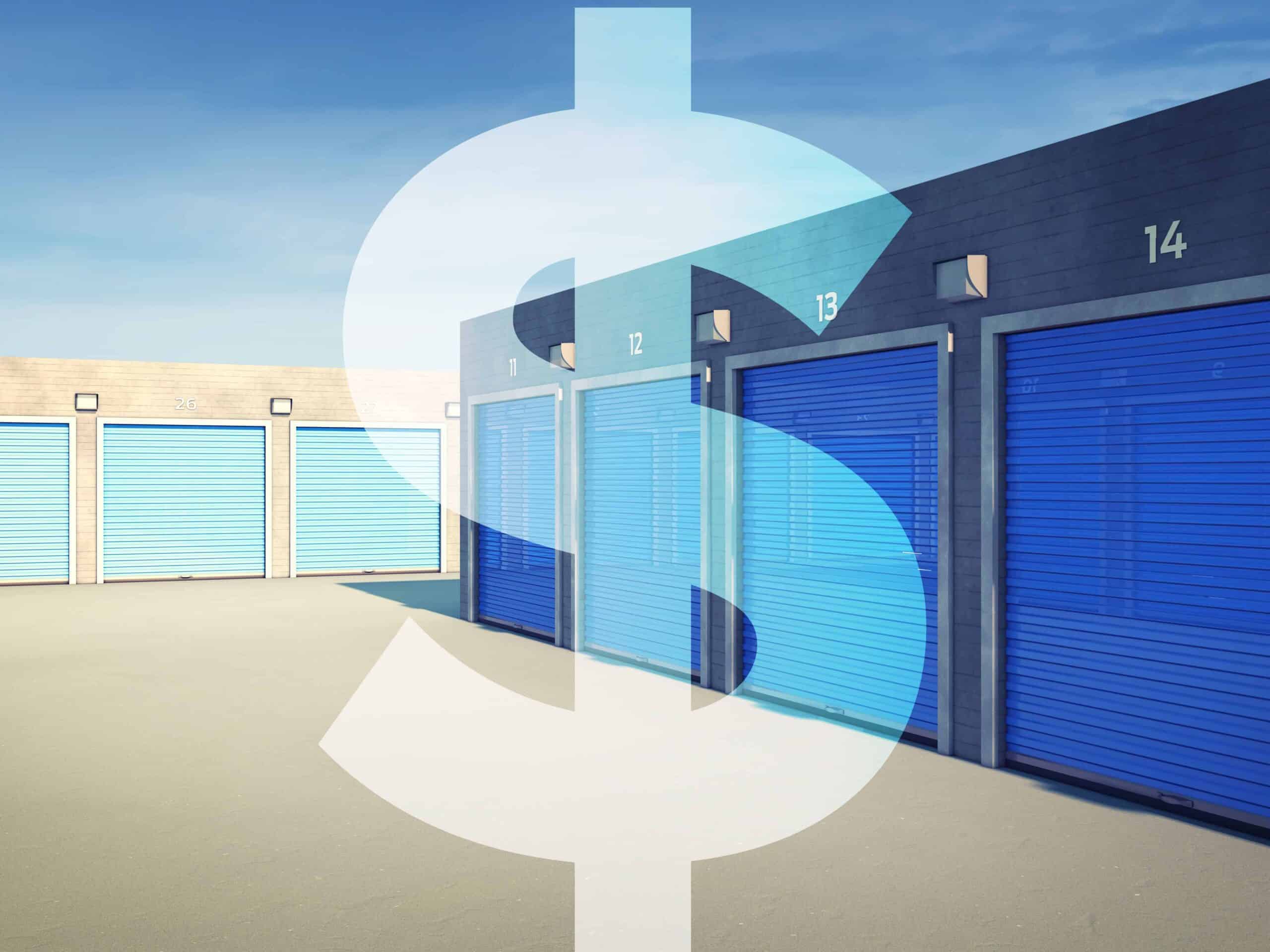Access Control: Hardware-Based vs Cloud-Based Systems, Which is Better?

Controlling access to your facility is a critical component of any self-storage business.
You need to make sure active tenants can come and go during your facility hours with ease, while making sure delinquent tenants and outsiders can’t get in.
This is where an access control system comes in.
Hardware-Based Access Control
Traditionally, access control systems required a dedicated computer server on the premises to control the various access points throughout the facility. These are referred to hardware-based systems, as the server must be on site to directly interface with the hardware components such as gates and keypads.
Some providers have updated their technology so that you do not have to have an onsite server anymore, but their value proposition is centered on selling cutting edge hardware with bells and whistles.
Software-Based Access Control
The other option is a software-based access control system, which hosts its software on remote servers instead of at the facility itself. This makes it possible to manage the access control system for multiple self-storage facilities remotely from other locations. Users can configure, manage and troubleshoot the system without having to be on the premises.
Software-based systems typically make use of reliable hardware that is simple and straightforward to install and use.
To help figure out which option is right for your self-storage operation, let’s take a look at how the two different types of access control stack up against each other.
Pros and Cons of Hardware-Based Access Control
Hardware-Based Access Control
Pros |
Cons |
|
|
Cloud-Based Access Control
Pros |
Cons |
|
|
Weigh the pros and cons and determine which type of access control system is best for your facility. Be sure to consider your primary needs, as well as what it will take to maintain and manage your access control system in the future
A tale of two tenants
Another way to consider whether a software-based or hardware-based system is right for your facility, is to consider the experience from the tenant perspective. Tenants who have a good experience at your facility stay longer and give good referrals.
Tenant Sydney
Tenant Sydney reserves a storage unit online at a storage facility using a hardware-focused access control system. Tenant Sydney has to check-in with the office to get the gate code. Upon arrival, the manager is on the grounds responding to an incident. Tenant Sydney has to wait 15 minutes for the manager to return to get the gate code and move in.
Tenant Sydney comes to the facility a few weeks later to grab their favorite 9 iron from the unit, but unfortunately the gate code doesn’t work! It is outside of office hours so they call the emergency phone number the manager provided when moving in. The manager answers and says it will be an hour before the gate can be fixed. By that time Tenant Sydney misses tee off time and is now furious.
A couple months later Tenant Sydney is under a lot of stress at work and returns to the unit to get a driver to go to the range and blow off some steam. Tenant Sydney inputs the gate code again and again, but it does not work! It is after hours so no one is onsite to help. Angry as ever, the tenant calls the manager on the after hours line. The manager lets the tenant that rent is a week late and they will have to come into the office and make a payment tomorrow during regular hours to get a new gate code. Frustrated with the experience, Tenant Sydney comes in the next day, pays the bill, and moves out of the unit.
Tenant Taylor
Tenant Taylor reserves a storage unit at a facility with a software-based access control system. After completing the move-in process on the facility’s website, Tenant Taylor gets a text from the facility with the gate code because the facility operator set up an automated workflow in their FMS. The tenant moves into the unit that night.
A few weeks later, Tenant Taylor needs to get some decorations out of storage to throw a last minute graduation party for their friend. The tenant arrives at the facility and the gate code doesn’t work. The tenant calls the manager, who says they are off-site but they can reconfigure the gate code from their current location. A new gate code is sent to the tenant, who is able to access the facility immediately. The manager mentions that the customer can also look up the gate code in the future using the tenant portal on the facility website.
Tenant Taylor goes backpacking across Europe with their best friend. Upon returning home, the tenant goes to the facility and the gate code doesn’t work again. Before Tenant Taylor can call the manager, they receive a text notification that rent for the unit is overdue. The tenant clicks a link in the text that leads to a payment portal. The tenant pays the back rent from their phone and almost immediately receives a new gate code granting access to the facility. Tenant Taylor is extremely happy with the storage experience, and recommends the storage facility to everyone.
Using Access Control Activity Logs to Secure Your Self-Storage Facility
Which is better?
As you can see from the scenarios above, when something goes awry with your access control system it frustrates the tenant. With a software-based system, it is often easier to solve problems more quickly and with less effort. This is especially true if you operate multiple facilities, in particular unmanned ones.
The flexibility of a software-based system allowed the storage facility serving Tenant Taylor to respond quickly to problems, even when there was no staff in the office to help out. The facility was able to quickly text a gate code and payment alert when needed because they set up automated workflows to perform certain actions when triggered. This is possible because the access control system was integrated with the facility’s management software.
Meanwhile, the facility serving Tenant Sydney was limited in its ability to assist when things went wrong. That’s because they had an outdated hardware-based system, and no one was onsite to manually reconfigure the system when needed.
The decision is yours
While many storage facilities’ needs will be served well by hardware-based systems, they can become cumbersome and inefficient over time. As demonstrated above, they can also pose logistical problems when there is limited staff available. Software-based systems that integrate with existing facility management software create efficiencies for the operator, and offer a number of paths to create a quality tenant experience using automated workflows that save time and prevent confusion.
Not all software-based systems are created equal. See how Storable Access Control stacks up and sign up for a free demo to see if a software-based solution is right for your operation.

Connecting and Innovating at the Inside Self Storage World Expo – A Storable Recap
This year's Inside Self Storage World Expo at Caesar's Forum in Las Vegas was not just another event for us at Storable; it was a showcase of passion, innovation, and community. Our dedicated Storable team came excited and left inspired. Our commitment is always to you—our valued customers—and understanding your unique challenges and experiences firsthand. Keep Reading

10 Ways for Storage Operators to Get the Most Out of the 2024 Busy Season
With the housing market at a standstill and a prevailing low-price environment for storage rents, the industry faces a unique set of challenges and opportunities as it approaches the spring leasing season. With overall demand stymied and a surplus of new supply in many markets, winning tenants requires a strategic and proactive approach. Keep Reading

Storage Monitor: Rates and Occupancy Continue Pullback
The self-storage industry is known for thriving in good times and bad times, but what about the in-between times? Keep Reading